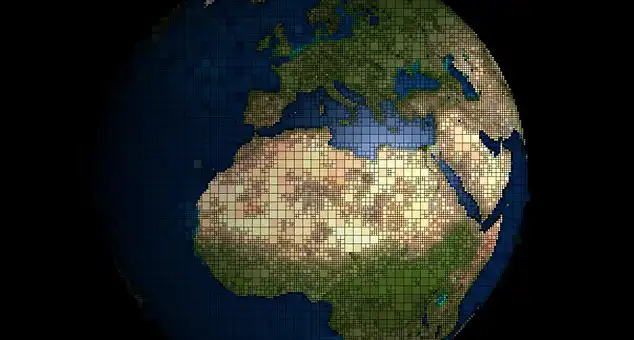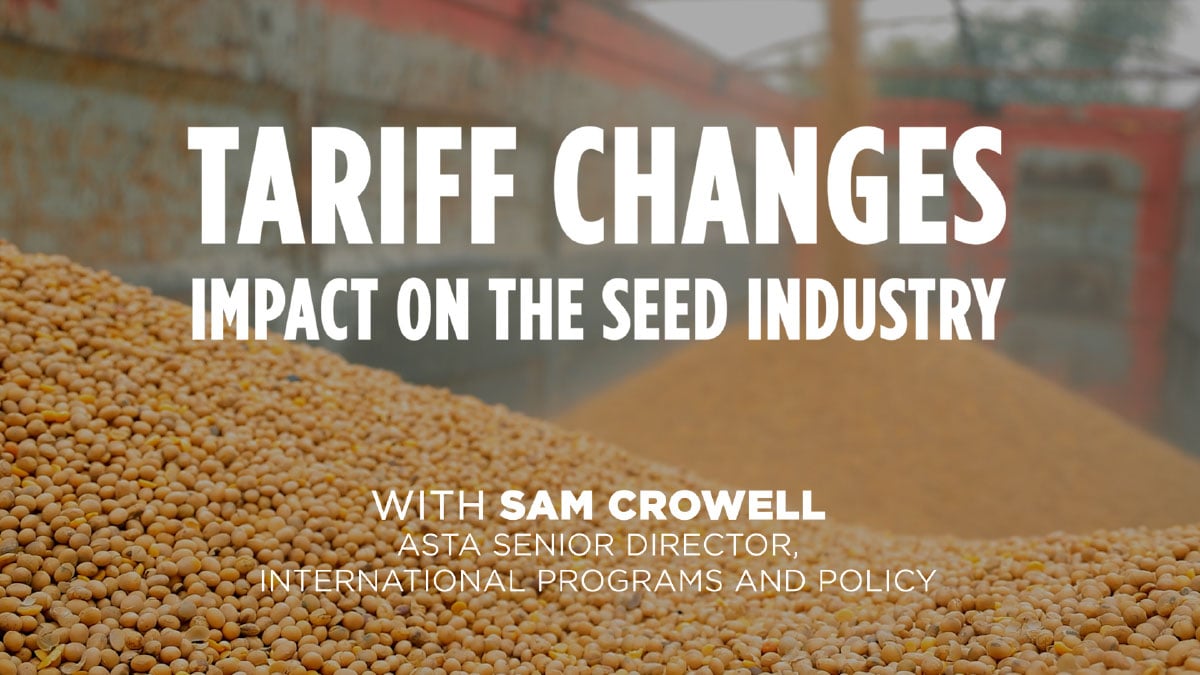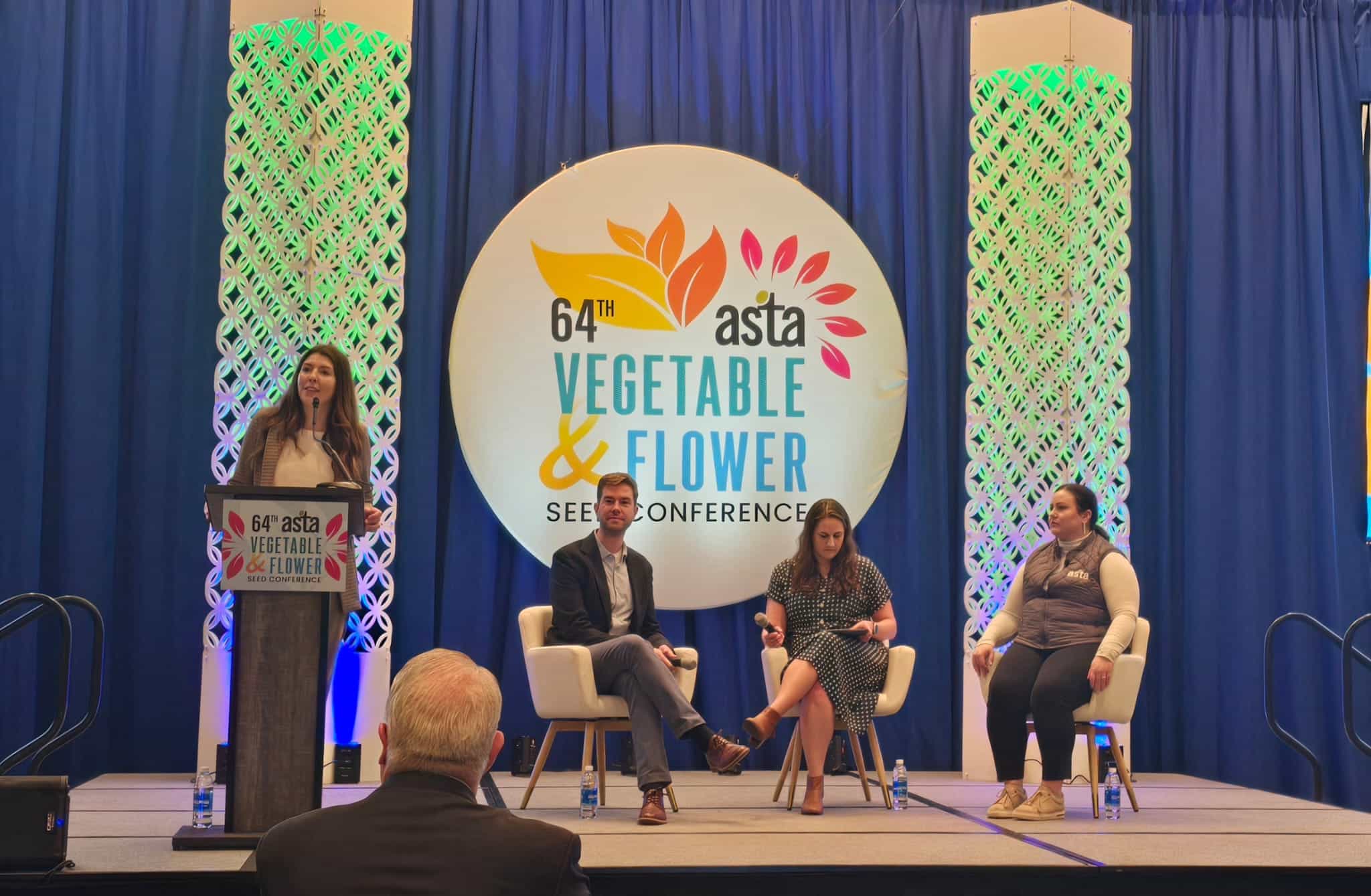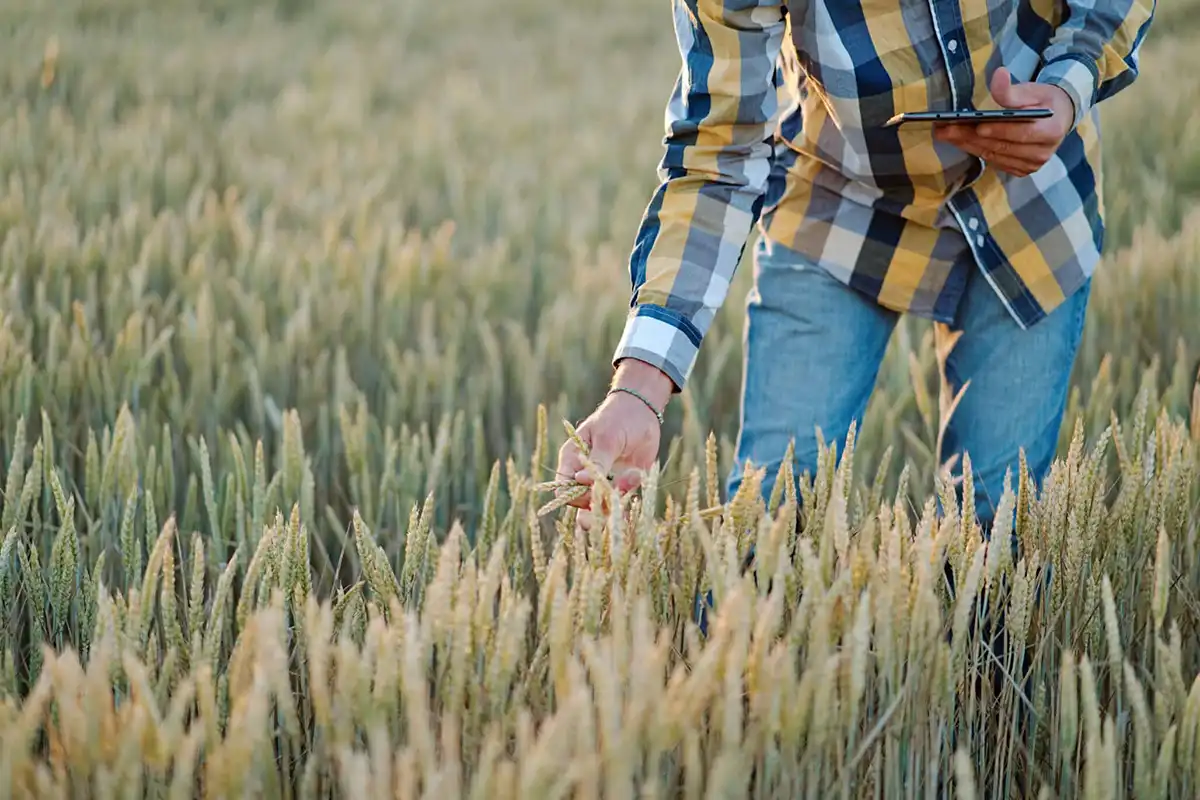Seed industry impacts are more indirect and dependent on many factors
Seed World U.S. editor Aimee Nielson talked to Sam Crowell, senior director for international programs and policy for the American Seed Trade Association, about escalating trade disruptions in the Middle East. He explains ASTA’s role in advocating for its members in the seed industry.
SW: How is the ongoing Middle East conflict, especially disruptions in the Red Sea/Suez Canal, impacting the global seed trade?
Crowell: I’ll preface my comments with a big caveat, which is that it’s complicated. The seed industry is very diverse. We’ve got a lot of different companies of various sizes, and they are selling a lot of different types of crops. Additionally, the type of business that our members do in the Middle East can vary, even within a crop. They may have operations based in a particular country for research and development purposes and sell finished products into a different market. That means it’s important to think through what we mean when we discuss “impacts” to the seed industry. Some companies may be delayed or miss their growing season, while others may experience delays in shipping, clearing customs, or must shift their points of import and export. Because of the complexity of our industry, it can be kind of hard to quantify overarching trends until we have more time to observe how disruptions play out.
SW: How is the seed industry unique in the global trade space?
Crowell: There are a few things that make us different from other commodities. The first is that we’re at the top of the value chain. While a lot of global agricultural trade focuses on bulk, finished products at the end of the value chain that are intended for food, feed, or processing, our products are sold in smaller volumes directly to farmers. That means the volume of seed we move and the types of markets that we’re moving into can be quite different. We have some members who do container shipping for things like grass and flower seed, and other members that are moving much smaller scale shipments for research and development (R&D) using air freight.
We are also a very globally integrated industry. A significant portion of the products our members are moving globally are actually intended for research and production purposes, rather than final point of sale. That means that even within one company, the value and volume of seed trade between two countries can differ significantly – even within one growing season.
To think about this a different way, before a farmer in the United States plants a seed, that seed may have moved across as many as six or seven country borders during the breeding program. And that’s because we do breeding cycles in different hemispheres and environments to maximize the performance of the varieties sold to farmers.
For all of these reasons, that means that the types of questions around trade disruptions are sometimes fundamentally different for seed than for bulk commodities.
SW: Does that mean the seed industry is less affected by the current conflict in the Middle East?
Crowell: Not necessarily. When it comes to talking about impacts, it really depends on the country that you might be trying to move that product into and the intended purpose of that seed.
I did some analysis to see the types of products we’re sending to the region and the size of markets, based on public customs data available on the U.S. Department of Agriculture’s website. From that data and from talking to our members, I can say, with some level of confidence, that it is an important region for certain vegetable, row, and forage crops. It’s not the largest export destination for U.S. seed exporters, but it is still important for both research and development and sales. Unfortunately, we can’t distinguish R&D vs. final point of sale from customs data – only value.
In the past few years, we’ve learned a lot about what supply chain disruptions mean for the seed industry. From COVID and the personnel shortages coming out of the pandemic, we’ve learned that backlogs happen, and they happen in unusual ways. It usually leads to delays and costs in different stages. Sometimes it’s from the country of export, because they can’t get the appropriate paperwork from a regulator or customs authority. Sometimes it’s at the country of import, because there are delays for shipment rerouting or a backlog at the port. And sometimes it’s from something as unusual or unpredictable as a global conflict whether it’s in Ukraine, Israel, or elsewhere. We’re still seeing how these situations impact seed movement in real time.
SW: The seed industry has dealt with other supply chain disruptions. What are some key takeaways from those that we can apply to the current trade disruption?
Crowell: In other supply chain disruptions, for example, when there were backlogs in the United States due to strikes and COVID disruptions on the West Coast, we had members who had to reroute shipments to different ports. In some cases, when they were bringing containers in rather than air freight, shipments got buried in the container stacks because there weren’t enough tractor-trailers to move containers off the port and into commerce. Those kinds of things happen, and they don’t just happen here; they happen everywhere.
In the context of the Middle East, where we see conflict in the Red Sea region, it’s not hard to imagine that a company interested in bringing product in would be taking those types of variables into account. When there is any additional unpredictability, you have to think about contingencies and the added cost for the company. Our members are juggling those types of decisions in real-time, every day, all over the world. In the current Middle East context, there’s an extra level of unpredictability, which becomes part of that cost-benefit analysis of doing business there.
SW: In trying to mitigate these situations, advance preparation is key. How is ASTA advocating for its members in these matters?
Crowell: In both our policy engagement and in dealing with government officials, we are acting early and often all over the world. The value of a seed trade association is that because we’re engaging at that pre-competitive level, we’re often meeting with government officials on issues that are important to everybody. That’s the baseline for us. Is it going to impact as many of our members as possible and if it’s a bad impact, how do we prevent that from happening?
We spend of lot of time advocating for high-level policy alignment that would minimize delays and differences between countries – making trade more efficient. For example, does a country have streamlined regulations so our companies can commercialize innovative seeds? Are the phytosanitary requirements science-based, transparent, and predictable? Is there a robust intellectual property regime, so our members are confident that their products are not subject to theft? These issues are important to both our big and small member companies, so we work to in a wide range of markets to align the global policy environment as much as possible. In 2023 alone, ASTA sponsored or participated directly in workshops and meetings across 16 countries, and these activities reached stakeholders coming from nearly 100 countries.
SW: Do you foresee disruptions that may more directly impact the seed industry?
Crowell: It comes back to the type of impact you’re trying to catch. If one of our members had a breeding cycle planned and wanted to do a spring plant out in the next few months, let’s say in Israel or Jordan, I can imagine that it would be a different proposition now that it was this time last year. But again, it depends on the crop, the company, the location, and the context of the business.
We hosted a geopolitical panel at the ASTA Field Seed Crop Convention in December and one thing that was discussed is that for the seed industry, a lot of our day-to-day business is forecasting five to 10 years ahead of schedule. Commodity traders sell products from growing season to growing season, but a lot of the seed industry is developing crops on a five- or 10- or 15-year plant breeding timeframe. We’re baking in contingencies and back up plans all the time, to make sure when it’s time to sell that seed, all that decade of planning and work isn’t lost. That requires constantly building in a variety of risk mitigation approaches.
SW: We’re living in challenging times right now. Do you have a word of advice for how the seed industry can best respond to today’s global realities?
Crowell: I don’t think anybody would dispute we’re in unprecedented times right now, for a whole host of reasons – economically, geopolitically, and environmentally. I think the more we do as an industry to think about what pressures and challenges we’re experiencing, and what our backup plans are to respond to unforeseen circumstances, I think the stronger will be now and in the future. ASTA is working every day to monitor and shape the global trade environment for the better, and we invite companies to share their experiences with us so we can continue to advocate on behalf of the seed industry.
For more information about ASTA: http://www.betterseed.org/













